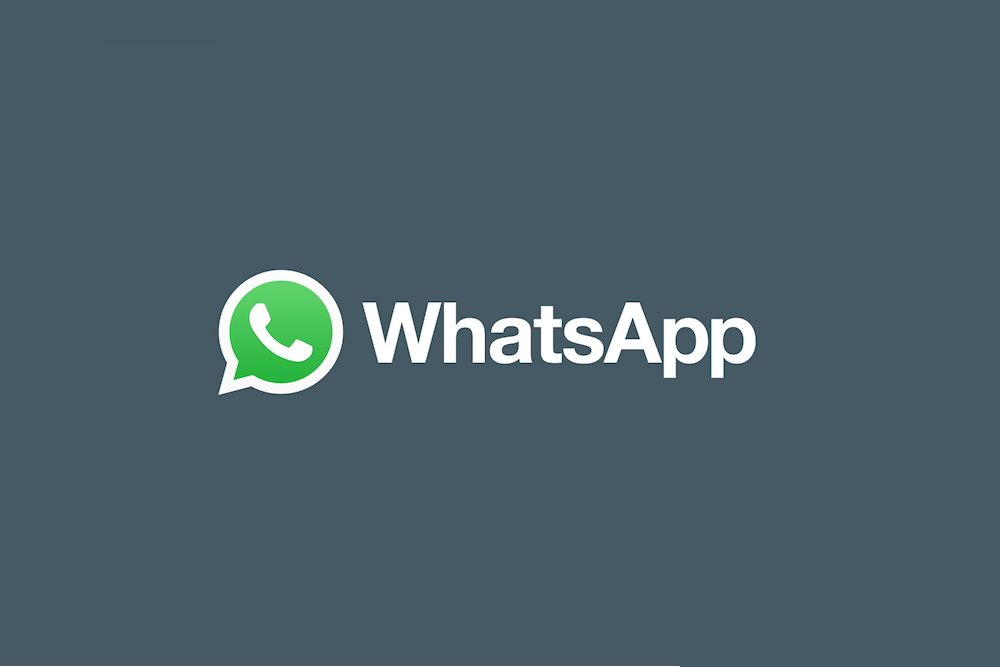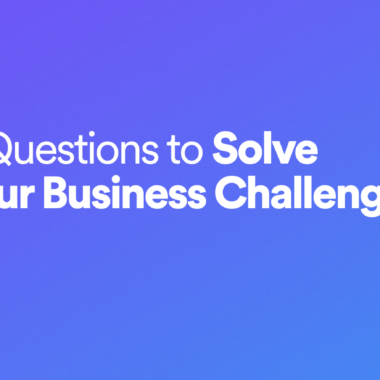WhatsApp: Should Your Brand Be Using It?
WhatsApp, purchased by Facebook in 2014 for $19 billion, is a cross-platform mobile messaging app. Arguably the world’s fastest growing communication app with one billion users as of February 2016, the app is now free, eliminating its previous subscription fee.
How It Works
Available for iPhone, BlackBerry, Android, Windows, and Nokia, WhatsApp uses the same internet data plan you use for your phone, so there’s no cost to message others, even if you currently pay for text messages.
In addition to basic messaging, app functionality lets you create groups and send unlimited images, video, and audio media messages. Recently, WhatsApp has also made it possible for the first time for users to share documents as part of a new update for iOS and Android.
The Benefits
The app prohibits advertising, but businesses can interact directly with customers through the interface. Thus, by enabling messaging functionality between businesses and prospective customers, communication can be as personal and immediate as a text message.
For brands, it allows:
- Customer communication, support, and promotion
- Real time responding with global possibility
- Less upkeep than other social networks that may require actively producing content
Businesses can put their WhatsApp numbers on advertisements and websites, letting the public know they can be reached using the application. Posting WhatsApp contact information on Facebook and other social platforms is also a common practice among individuals and retailers.
Is It Right for You?
All in all, WhatsApp can be thought of as another avenue by which your customers can reach you—and all you need is a phone number. It’s convenient for them, and probably for you too. But if you already have a hard time keeping up with phone calls, emails, and social media notifications, you’ll want to consider if this will help you streamline your communications or become just another platform you have to manage.
It’s best to start by considering your audience’s expectations. For example, texting is obviously popular among many Millennials, so if they’re a key subset of your audience, this platform could be a great way to meet them where they are—which should always be a deciding factor in your platform strategy.
And if you’re not sure, why not start with a survey and simply ask your customers / audience members about their preferred methods of contact? If texting is a big one, it’s probably time for you to start getting to know WhatsApp.





